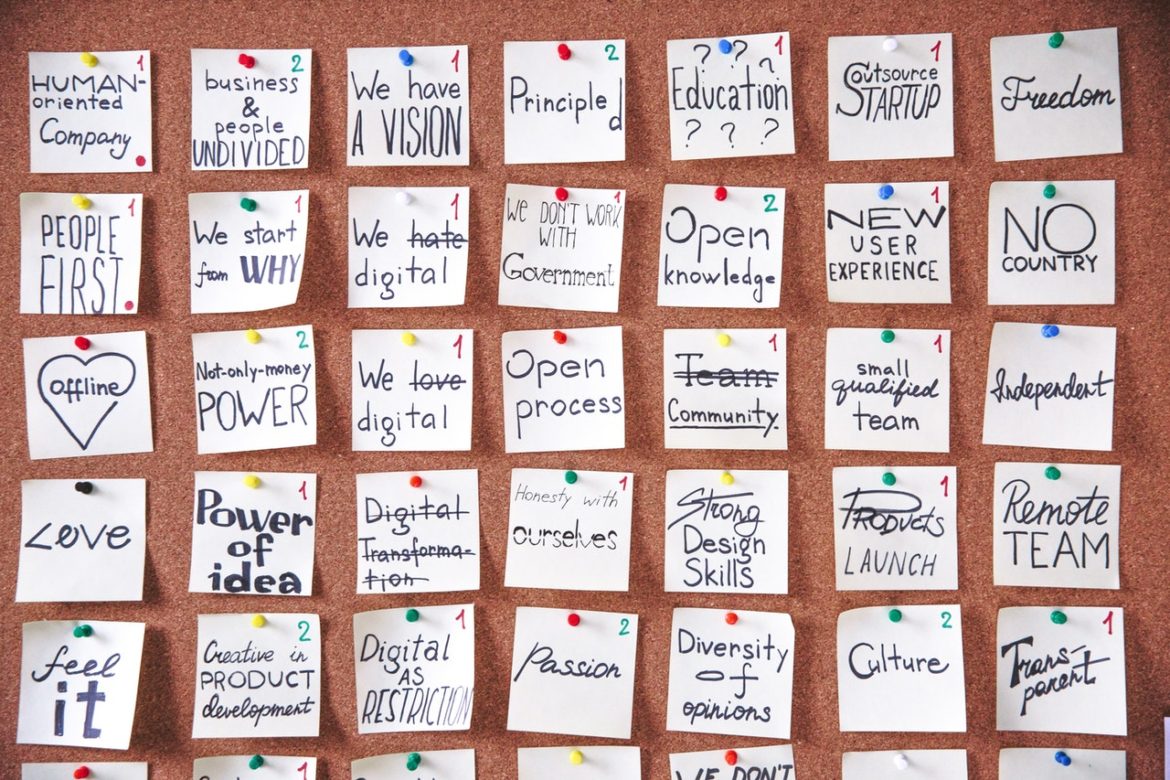One of the Product Owner’s daily duties is backlog management. In fact, it is one of the things in which the Product Owner is better from Product Manager. This very important activity is often postponed because it is considered boring or not creative. One can even say that this is work for a scribe.
I agree that this is not rocket science but I am sure that preparing good user stories is a demanding task. On top of that – if you prepare stories correctly you might spot flaws in the way you think.
INVEST in good user story
First of all, there are a couple of properties that every user story should cover, and Invest is just a mnemonic for those!
- Independent. AC’s should not depend on other stories. It means that every single user story should be written as a separate mini-project.
- Negotiable. Leave an option to alter scope if things go bad during a Sprint.
- Valuable. They have to give value! If user story gives no value, then there is no point in wasting time on developing it.
- Estimable. You have to be able to say how big it is in order to correctly forecast sprints.
- Small. Keep things as small as possible as it is a way of improving estimations (there are much more agile estimations than just planning Poker)
- Testable. You need to somehow check if AC’s are met. In other words, you need to ensure that things work before they hit the production.
Start with 3C
Another approach is that if you are creating a user story from scratch, and don’t know exactly what you are building, then a good way might be to start with a technique named Card-Conversation-Confirmation. It can be even a small workshop. CCC stands for the procedure:
- Card. Start by making a very generic sentence about functionality.
- Conversation. Discuss what people mean about it.
- Confirmation. Make a more formal story based on the previous step.
Make SMART tasks
Last but not least another acronym, that will help you validate if a written user story is valuable. This one is used for the checklist:
- Specific goal – there has to be something to achieve.
- Measurable – you need to measure the thing.
- Action – start as soon as possible.
- Realistic – the thing must be doable.
- Time-boxed – know when things should end.
Summary and tips
If you are new in a Product Owner role – then use above methods to prepare valuable User Stories. You can later check your knowledge in our PSPO Quiz.
If you are an experienced one, I have still two tips for you, that even best of us sometimes forget:
- Focus on value (it is very important to say why you need this story to be done).
- Don’t fix on template *as an Elephant in order to drink I need trunk*. It usually makes sense but if it doesn’t – don’t enforce it.
Good luck on creating valuable stories!

Hi Mikhail, When can we expect the updated Quiz and Questions aligning to the Scrum Guide 2020 ?